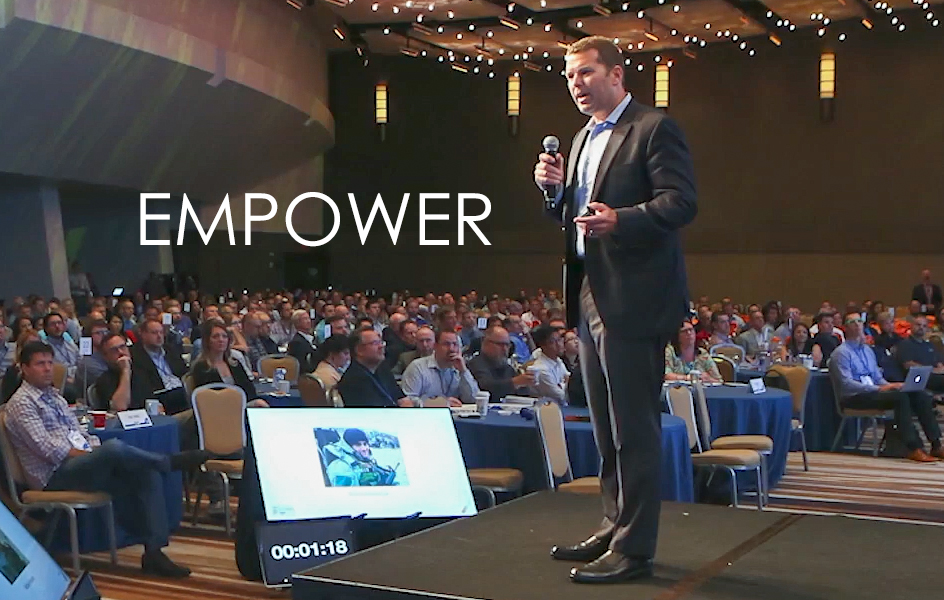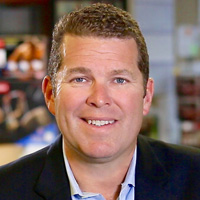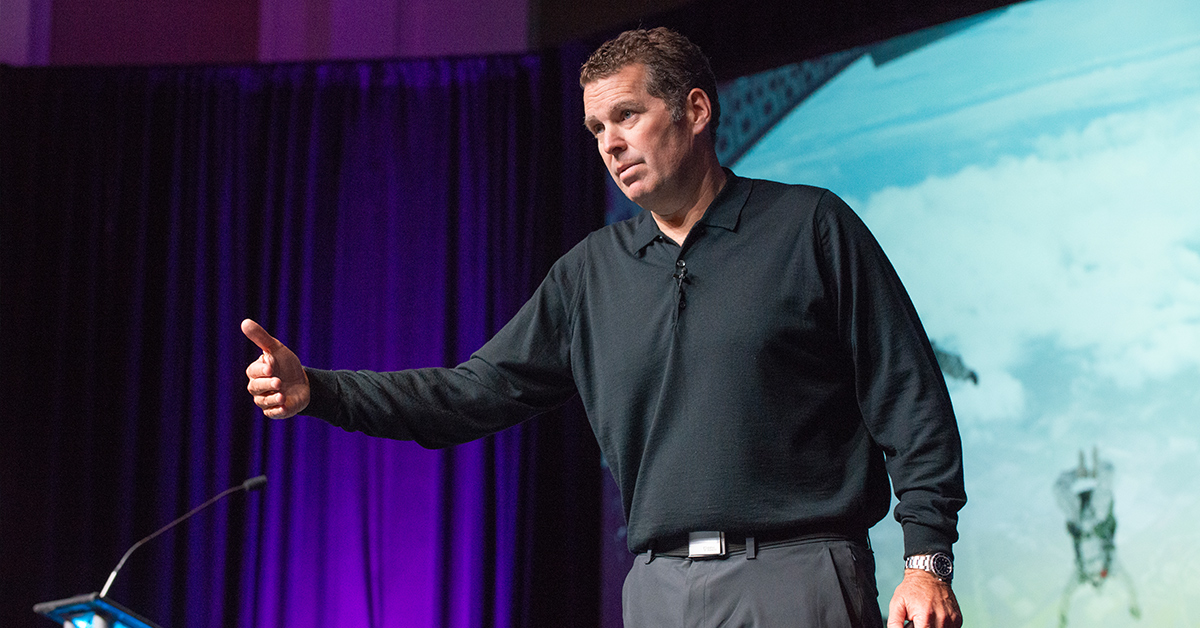Whether you’re a recording artist or high-tech entrepreneur, having a one-hit-wonder is great, but repeating it is even better. If the Perfect Pushup had been an album, it would have received multiple platinum awards within its first year. And, over the next eight years, five more of our fitness products earned the equivalent of platinum status, and several others sold at gold level. What was the secret of the team behind these series of successes? Empowerment—the fourth element in the CARE loop.
To empower people is to give them responsibility and authority. Giving people the authority to make decisions without being forced to check in with the boss for approval opens the way for them to start thinking of themselves as owners, not employees. The CARE loop helps keep your current team aligned, inspired, and empowered; but ideally, it becomes a tool that all members use to empower themselves and take on bigger leadership roles.
Creating a culture of empowerment can be challenging, because it requires the leader to let go, to relinquish control so that others can step up, make decisions, and take control as well. For those who are insecure, proud, egotistical, or selfish, sharing one’s power is a foreign and terrifying concept. As a leader, one’s role is to grow one’s people to achieve their highest potential.
The CARE Loop is a Virtuous Circle
Like everything else, it begins and ends with you, the leader of the team. In a sense, you stand in the center of the CARE loop, keeping it spinning and the team’s momentum going. Then it becomes everyone’s responsibility to create CARE loops, each nurturing the loop and seeking new ways to get the job done. That’s empowerment.
It’s important to point out that the CARE loop isn’t a linear sequence; it’s a virtuous circle, an infinite series of repeatable actions that build on and depend on the other actions in the loop. As soon as you’ve empowered people, you need to turn your attention to renewing the connection that fueled your team’s unstoppable momentum.
The old saying, “A chain is only as strong as its weakest link,” is apropos to team building. That’s why in SEAL platoons the most experienced members get paired with the least inexperienced ones. The idea is to reduce the knowledge gap by rapidly educating the newest members and hence strengthening the weakest links.
“Know What,” “Know Why,” and “Know How”
Nothing shows people you care more than dedicating time to helping them learn new skills. Think of education as a triangle. Each side of the triangle expresses one of the three ways to educate someone, and ideally, you want to be creating an equilateral triangle in which all three sides are equal. Here’s how I define each one:
- LEAPFROGGING: This is in-house and often informal training delivered via lessons learned, best practices, debriefings, or e-mail updates shared among teammates.
- EXTERNALITY: This tends to be more formal training provided by outside professionals, often representing unusual or diverse fields of expertise.
- ON-THE-JOB TRAINING (OJT): On-the-job training gives people the chance to put their knowledge to work. This learning-by-doing approach may include mentoring and coaching as well.
When you create a system for educating your teammates with all three sides of the triangle, they will develop the “know what,” the “know why,” and the “know how” to achieve goals and develop new confidence and capabilities for future roles.
Learn More About Building Unstoppable Teams
Unstoppable Teams: The Four Essential Actions of High-Performance Leadership
Unstoppable Teams is the handbook for how to build care-based teams that will push people to achieve more than they ever thought possible.





